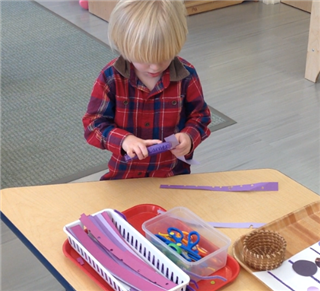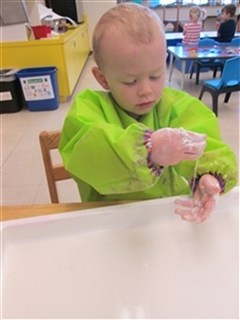Layers of newspaper to cover work space
Large bowl or plastic container
1 cup cornstarch
½ cup of water
Food coloring (optional)
Pour 1 cup of cornstarch into plastic bowl or container. Slowly add ½ cup of water (add food coloring to water if making colored goo). Mix cornstarch and water with your hands. Add just enough water so that the cornstarch and water mix will flow very, very slowly.
Things to try:
- Pour it from hand to hand. If you go slowly, it will pour freely.
- Pick up a handful and squeeze it. Stop squeezing and it will drip through your fingers.
- Roll it into a ball. Then stop rolling. The goo will trickle away between your fingers.
- Bounce it!Smack it with a spoon. If you hit the mixture really hard, it might even break.
- Rest your fingers on the surface and let them sink down to the bottom of the bowl. Try to pull them out fast.What happens?
- Put a small plastic toy on the surface. Does it stay there or does it sink?
Store cornstarch goo in a Zip-loc baggie.
IMPORTANT: The cornstarch goo will not stay mixed indefinitely. Once the cornstarch has separated from the water and has formed solid clumps in the bottom of the storage bag, dispose of in the garbage. Never pour the mixture down the drain as it will clog the pipes.
 Directions
Directions

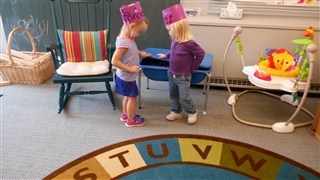
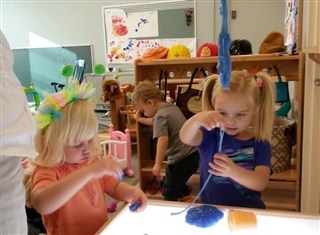
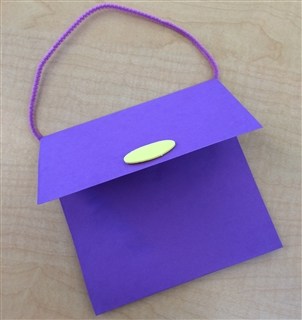
 Fold the bottom of the construction paper so it reaches about 3 inches from the top. Fold the top down to look like a purse. Use a pipe cleaner or ribbon and attach each end underneath the fold to make a handle for the purse. Secure with tape. (Optional) Stick a small piece of velcro underneath the flap and on the purse to act like a latch for holding the purse closed. Open and unfold the purse and invite your child to glue various pictures and stickers inside. Ask your child to tell you what he has in his purse.
Fold the bottom of the construction paper so it reaches about 3 inches from the top. Fold the top down to look like a purse. Use a pipe cleaner or ribbon and attach each end underneath the fold to make a handle for the purse. Secure with tape. (Optional) Stick a small piece of velcro underneath the flap and on the purse to act like a latch for holding the purse closed. Open and unfold the purse and invite your child to glue various pictures and stickers inside. Ask your child to tell you what he has in his purse.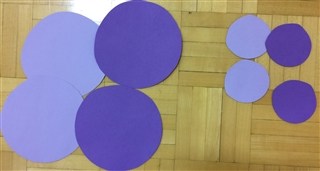
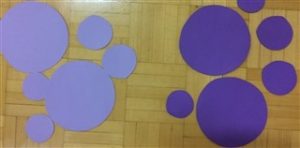 Purple construction paper (light and dark colors)
Purple construction paper (light and dark colors) Invite your child to sort the circles into two groups: big and little
Invite your child to sort the circles into two groups: big and little